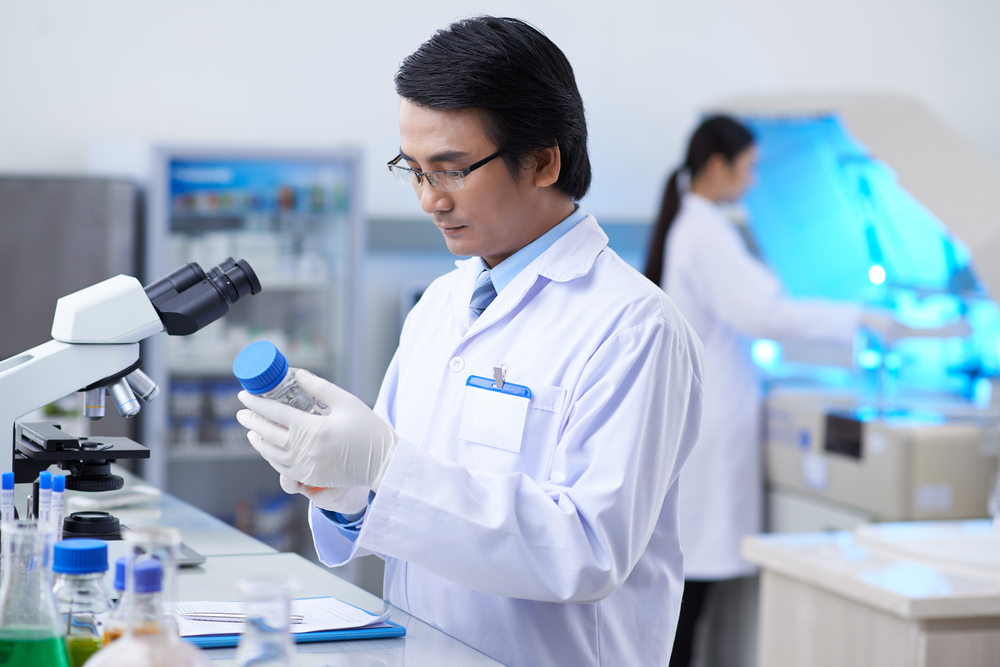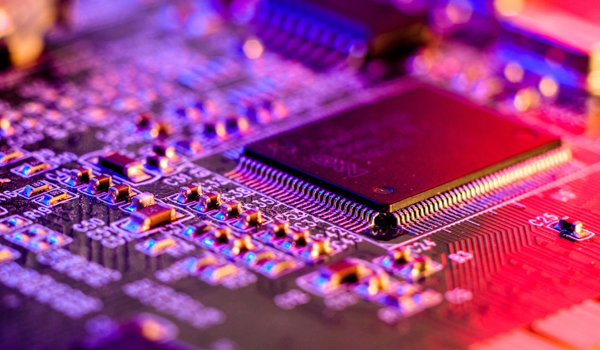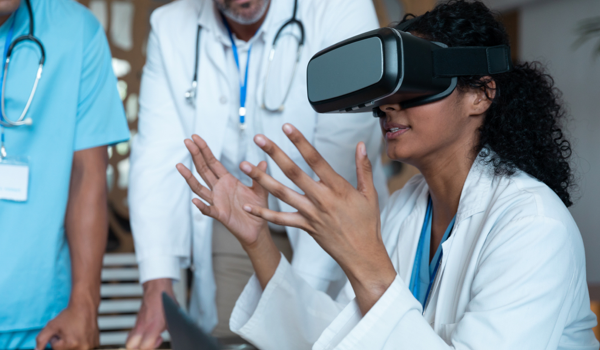


BELMONT, MASSACHUSETTS - It takes at least ten years for a new medicine to complete its journey from initial discovery to the marketplace on average, while clinical trials need six to seven years before they are even approved. The average cost to research and develop a successful drug is estimated at around US$2.6 billion.
Developing new antibiotics is a slow, expensive, and failure-prone process that can span over 10 years and cost hundreds of millions of dollars. Only 14 new antibiotics were developed and approved between 2014 and 2019. The probability of success for new drugs that treat infectious diseases was 25.2 percent in a survey of nearly 186,000 clinical trials for over 21,000 compounds.
With between 1030–1060drug-like chemicals in existence, an exhaustive and efficient search for the right compound cannot be achieved on a reasonable timescale.1The challenge is to find a molecule that will do exactly what it is expected, but will not harm other biological processes in the human body or be useless.
Over the past decade, the remarkable ascent of a new generation of artificial intelligence (AI) has performed well in a variety of domains and applications. Based on a sophisticated analysis of vast amounts of data, deep learning (DL), an advanced version of the machine learning (ML) data analysis technique has for years helped organizations identify patterns in data, make predictions, and automate some of the decisions and actions they routinely take.
ML algorithms help automate the process of discovery and slash the time needed to identify the right combination of drug components and the best candidates for a new drug. This has been greatly facilitated by the public availability of empirical datasets, advances in model development and data engineering, as well as the proliferation of free and open-source ML libraries.
The recent beneficial conf
The content herein is subject to copyright by The Yuan. All rights reserved. The content of the services is owned or licensed to The Yuan. Such content from The Yuan may be shared and reprinted but must clearly identify The Yuan as its original source. Content from a third-party copyright holder identified in the copyright notice contained in such third party’s content appearing in The Yuan must likewise be clearly labeled as such. Continue with Linkedin
Continue with Linkedin
 Continue with Google
Continue with Google









 3711 views
3711 views








